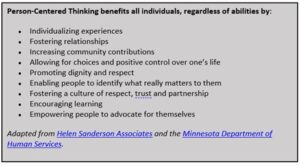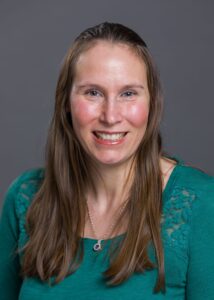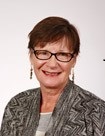By Darcy Cole; adaptd by Karen Shirer
Recently, Darcy Cole, a University of Minnesota Extension YD Educator, described the importance of using person-centered thinking when working with youth in your programs. This type of thinking provides a way to empower youth to be their own voice and advocate for themselves in youth programs.
Start with a One-Page Profile
Ms. Cole shares this one-page form from the 4-H YD Program for which she works in Minnesota (Figure 1). A young person answers these questions:
- What is important to me
- What people like and admire about me
- How to best support me
- What I want to do and learn about.
Their photo is added to the center of the profile. The result is a young person’s profile that the professional then consults when planning activities for and with young people.

Figure 1. One-Page Profile Template
https://blog-youth-development-insight.extension.umn.edu/2022/06/using-person-centered-thinking.html
A Deeper Dive into Person-Centered Thinking
Person-centered thinking (PCT) first came into use in the disability field and has spread to health care and education sectors. The YD field also has found PCT beneficial when working with youth. PCT is about identifying both what is important TO a person and what is important FOR a person.
YD professionals connect and balance between the two concepts of TO and FOR when working with youth (The Learning Community for Person- Centered Practices, 2022):
- The concept of important-TO-someone is about having youth identifying what matters to them, what they like, dislike, need, want to do, learn, etc.
- The concept of important-FOR-someone is about youth development specialists identifying youth’s safety concerns, needs, learning goals, etc.
By using this back-and-forth approach, you will plan a balanced program in which young people will want to participate.
Consider the benefits of person-center thinking
The table below describes the benefits of using person-centered thinking. Take a few minutes to read and reflect on the list. Consider the benefits of using this approach in your work.

Helen Sanderson Associates | MN Department of Human Services
Person-centered thinking is essentially the opposite of using a “one-size-fits-all” approach. It’s about asking what really matters and personalizing experiences based on what’s shared. PCT can be used by individuals, families, teams, or organizations.
Call to Action
- Share this blog post and its resources with colleagues and community and military partners.
- Connect with youth and families with which you work to see how they are doing.
- Check out OneOp Resources to learn more about positive youth development and person-centered thinking. A good place to start is here: https://oneop.org/tag/youth-development/
- Consult the references given in this blog post on person-centered thinking.
References
Cole, D. (2022, June 29). Using Person-Centered Thinking. https://blog-youth-development-insight.extension.umn.edu/2022/06/using-person-centered-thinking.html
Jones, K. R., & Perkins, D. F. (2006). Youth and adult perceptions of their relationships within community-based youth programs. Youth & Society, 38(1), 90–109. https://doi.org/10.1177/0044118X06287860
Minnesota Department of Human Services. (2021, April 7). Person-centered practices.https://mn.gov/dhs/partners-and-providers/program-overviews/long-term-services-and-supports/person-centered-practices/
 Darcy Cole, is an Extension Educator with the University of Minnesota Extension. Through her role, she places special focus on supporting audiences with disabilities and has led 4-H staff training across the state, as well as blogged, podcasted, and written scholarly work about how youth development professionals can create inclusive environments for audiences of all abilities. She infuses her professional experience with her lived experiences as a parent of four kids, two of which are on the Autism Spectrum.
Darcy Cole, is an Extension Educator with the University of Minnesota Extension. Through her role, she places special focus on supporting audiences with disabilities and has led 4-H staff training across the state, as well as blogged, podcasted, and written scholarly work about how youth development professionals can create inclusive environments for audiences of all abilities. She infuses her professional experience with her lived experiences as a parent of four kids, two of which are on the Autism Spectrum.
 Karen Shirer, previous Associate Dean of the University of Minnesota Extension Center for Family Development. Karen is also the parent of two adult daughters, a grandmother, a spouse, and a cancer survivor.
Karen Shirer, previous Associate Dean of the University of Minnesota Extension Center for Family Development. Karen is also the parent of two adult daughters, a grandmother, a spouse, and a cancer survivor.
Photo source: University of Minnesota Extension 4-H















